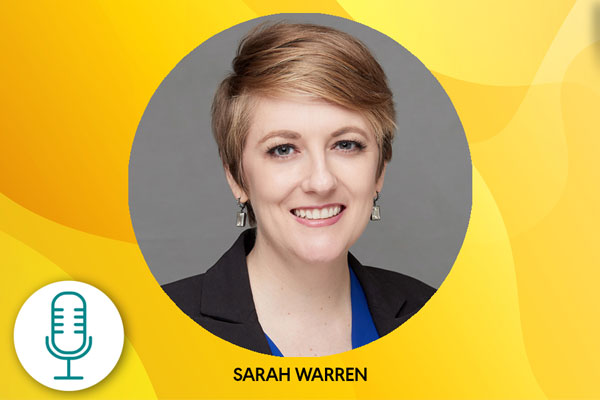Communication Public Health
Communication is critical to how we function in Communities
Communication is a universal human experience fundamental to society. Throughout history, the exchange of information, ideas, and emotions has been pivotal in forming communities and advancing civilization. Effective communication is vital for educational, social, psychological, and economic success, significantly enhancing quality of life.
Individuals with communication disabilities, disorders, or differences may struggle to effectively convey and receive thoughts and ideas, which impacts overall health and well-being. Speech, language, hearing, and related professionals (SLHP+) play a crucial role in helping these people reach their potential, promoting greater participation and inclusivity in the community as well as personal well-being.
Why Public Health?
Given their expertise in communication, SLHP+ are well-positioned to lead public health efforts within communication sciences and disorders (CSD) and the broader healthcare landscape. However, most SLHP+ lack formal public health training, and public health concepts are not widely recognized within CSD. Historically, SLHP+ have focused on individual-level medical aspects of communication, limiting its capacity to embrace broader social and community-oriented perspectives. Conversely, communication health is not well-recognized within public health.
This decade has seen a growing awareness of socioeconomic drivers of health, the implementation of culturally responsive practices, patient-centered care, and interprofessional collaboration. Adopting a public health perspective expands the traditional approaches of speech, language, hearing, and related professionals (SLHP+) and promotes the goal of optimal health for all individuals and communities.
Communication Public Health
"Communication Public Health" is a term proposed by Dr. Sarah Warren and colleagues to describe a collaborative area that integrates CSD with public health principles. By adopting public health frameworks within CSD, SLHP+ can provide a more comprehensive, holistic, and equitable approach to addressing communication health. This approach recognizes the complex interplay of biological, environmental, social, cultural, and behavioral factors that influence communication outcomes. In Communication Public Health, SLHP+ work with diverse stakeholders, including government agencies, community organizations, healthcare providers, and public health departments, to promote effective communication at individual and population levels.
The Future of Communication Health
In a rapidly evolving healthcare landscape, now is the time for CSD to expand from an individual-centered approach to one that also addresses the collective well-being of entire populations. By embracing this integrated approach and educating future SLHP+ about Communication Public Health, CSD professionals can help establish more effective healthcare systems, advocate for inclusive policy changes, and create environments that support optimal communication for all individuals.
Want to learn more?
The University of Memphis offers several opportunities for professionals, students, and community members to learn more about population-level approaches to communication health.

